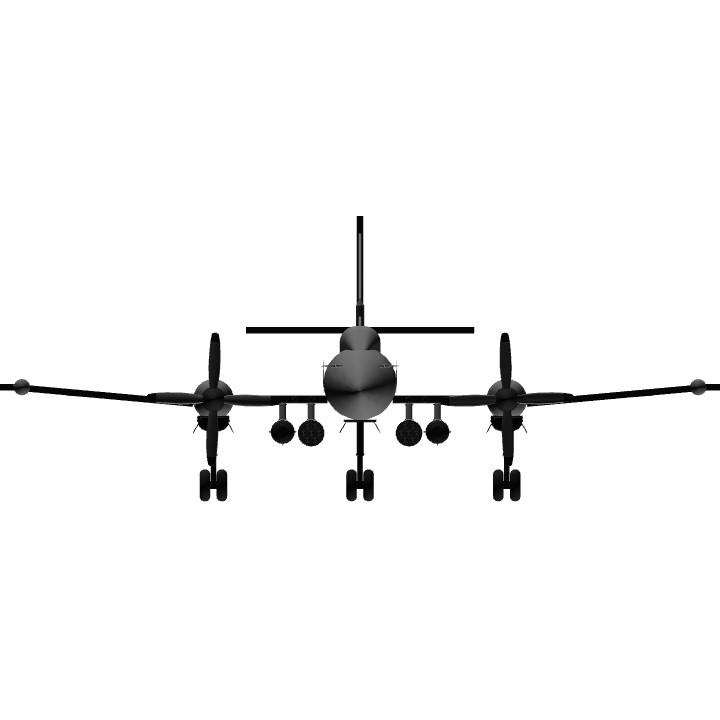In 1942, Aerostyle Aviation and Douglas Aircraft teamed up to create a night-fighter/ground-attack aircraft to combat the Japanese defenses on the islands under their control. The result was the F-7X, nicknamed "Firecat" by the test pilot (because of the name's resemblance to the Grumman F7 and because of the muzzle flashes by the machine guns). In 1943, the test pilot, Rick "Flash" Beuford, was out on a night flight to test the aircraft at high speeds when a single Japanese Zero jumped him (this was over one of the few Alloed controlled islands). The ensuing dogfight lasted for twenty minutes, both pilots weaving in and out of the island's many canyons and ravines. To Rick's surprise, his aircraft was winning. He pulled up into a steep climb and stalled his engine, causing his aircraft to turn around faster. He dove, firing his guns. The Zero, who's tail was covered in kill markings, exploded in a ball of flame. When Rick had landed, the ground crew asked him what happened. Rick responded with, "One of the fuel tanks fell off prematurely. I used it as a target." But even though they knew something was up (mainly because Rick's aircraft was not equipped with an external fuel tank), they decided not to press the matter.
Specifications
General Characteristics
- Created On iOS
- Wingspan 36.2ft (11.0m)
- Length 31.2ft (9.5m)
- Height 14.2ft (4.3m)
- Empty Weight 7,096lbs (3,219kg)
- Loaded Weight 7,096lbs (3,219kg)
Performance
- Power/Weight Ratio 0.475
- Horse Power/Weight Ratio 0.281
- Wing Loading 37.4lbs/ft2 (182.7kg/m2)
- Wing Area 189.6ft2 (17.6m2)
- Drag Points 5338
Parts
- Number of Parts 121
- Control Surfaces 5
- Performance Cost 521






Really nice!
Nice!
nice plane